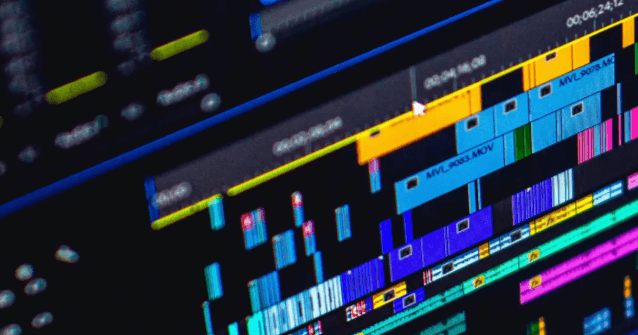Tips for Editing High-Resolution Footage Without Lag

Editing high-resolution footage presents unique challenges that can hinder productivity if not approached strategically. By implementing a combination of optimized software settings, hardware upgrades, and effective file management techniques, editors can significantly reduce lag and enhance their workflow. Utilizing proxy files, for instance, can transform the editing experience, allowing for smoother playback without sacrificing quality. However, understanding the nuances of these methods and their application is crucial for achieving the best results. Exploring these strategies further will reveal how you can streamline your editing process and maintain your creative momentum.
Optimize Your Editing Software
To achieve seamless editing of high-resolution footage, it is essential to optimize your editing software effectively.
Start by adjusting your software preferences to enhance performance. Utilize efficient editing plugins that streamline your workflow and reduce rendering times.
Regularly update your software to ensure compatibility with the latest formats and features, allowing for a creative and unrestricted editing experience tailored to your unique style.
Upgrade Your Hardware
For those involved in editing high-resolution footage, having the right hardware can make a significant difference in performance and efficiency.
A powerful graphics card accelerates rendering, while a processor upgrade enhances multitasking capabilities.
RAM expansion allows for smoother playback, and SSD benefits include faster file access speeds.
Together, these upgrades create a seamless editing experience, empowering you to unleash your creative potential without lag.
Use Proxy Files
Utilizing proxy files can significantly enhance the editing workflow when dealing with high-resolution footage.
By creating lower-resolution versions of your files, you can reap the proxy benefits of smoother playback and reduced strain on your system.
This approach not only improves workflow efficiency but also allows for a more fluid creative process, giving editors the freedom to focus on storytelling without technical interruptions.
Manage Your Storage
Effective management of your storage is essential when editing high-resolution footage, as the large file sizes can quickly consume available space.
Utilize cloud storage solutions to offload files and free up local resources. Additionally, invest in high-capacity external drives for organized, accessible backups.
This dual approach ensures you maintain optimal performance while enjoying the freedom to work on your projects without storage constraints.
Adjust Playback Settings
To optimize the editing experience with high-resolution footage, adjusting playback settings is crucial. Lowering the playback resolution can significantly reduce lag, allowing smoother navigation through clips.
Additionally, adjusting the frame rate to match your project’s requirements ensures a fluid editing process. These modifications enable greater efficiency, granting creatives the freedom to focus on their vision without the constraints of performance issues.
Conclusion
In the realm of high-resolution editing, a symphony of optimized software, robust hardware, and strategic management creates a seamless workflow. Proxy files serve as nimble dancers, gliding through the intricacies of footage, while upgraded components form a solid foundation, empowering creators. With storage solutions like SSDs and cloud services, access becomes swift, akin to the flicker of a film projector. By adjusting playback settings, the editing process transforms into a fluid masterpiece, free from the shackles of lag.



